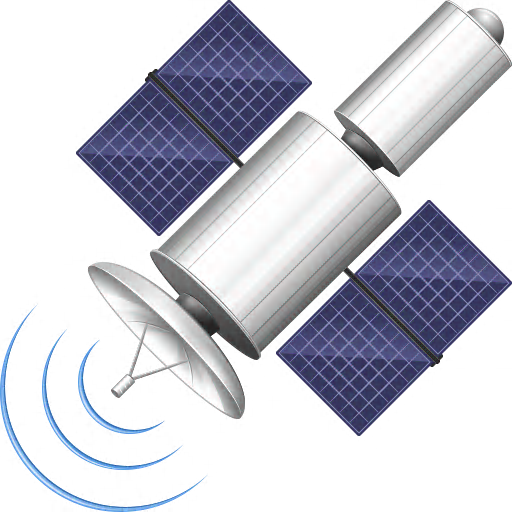
Satellite Digital Video Broadcasting (DVB-S) is a standard DVB digital television system, broadcast via satellites. Satellite Internet services are used in places where terrestrial Internet access is not possible, and in places requiring mobile access to the network. The services are available globally. The Satellite Digital Video Broadcasting can be used, among others, on ships at sea and in ground moving vehicles.
DVB-S generally operates in two frequency bands: Ku (10-18 GHz) and Ka (18-31 GHz). The Ka band is divided into two sub-bands: 19.7-21.2 GHz (dedicated for downlink from satellite to terminal) and 29.5-31 GHz (dedicated for uplink from terminal to satellite). Soon, the so-called V band (40-75 GHz) is to be used for communication via satellite.
MF-TDMA (Multi Freqency Time Division Multiple Access) technology enables the implementation of multiple access to the system. There are three transmission dimensions: time, frequency, and signal level. In one of many existing frequency bands, specific time slots are allocated for a given user.